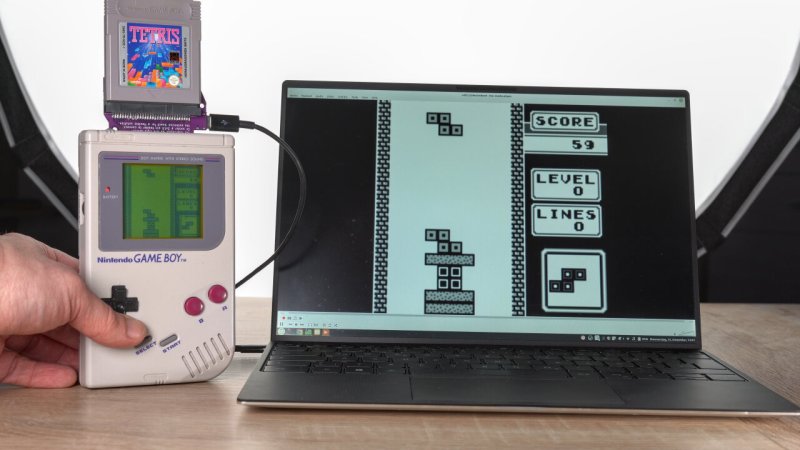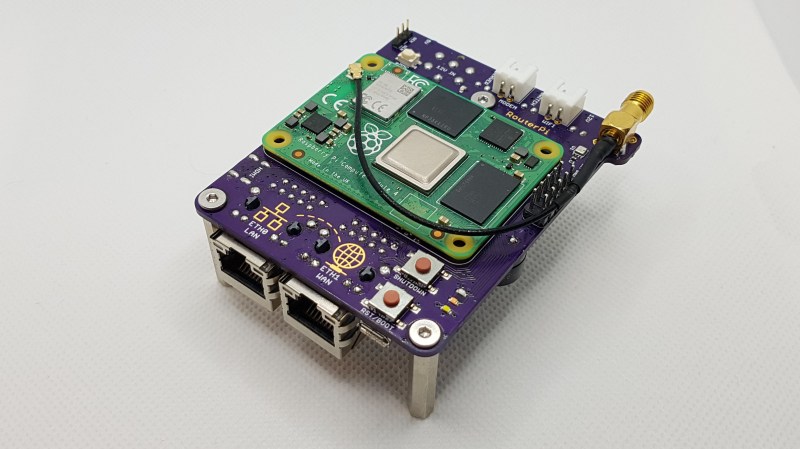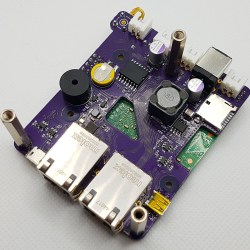The Odd Inputs and Peculiar Peripherals Contest wrapped up last week, and our judges have been hard at work sifting through their favorite projects. And this was no easy task – we had 75 entries and so many of them were cool in their own right that all we can say is go check them all out. Really.
But we had to pick winners, not the least because Digi-Key put up three $150 gift certificates. So without further ado, here are the top three projects and as many honorable mentions as you have fingers and toes – if you don’t count your thumbs.
The Prize Winners
Keybon should be a mainstream commercial product. It’s a macro keypad with an OLED screen per key. It talks to an application on your desktop that detects the program that you currently have focused, and adapts the keypress action and the OLED labels to match. It’s a super-slick 3D-printed design to boot. It’s the dream of the Optimus Maximus, but made both DIY and significantly more reasonable as a macro pad. It’s the coolest thing to have on your desk, and it’s a big winner!
On the ridiculous side of keyboards, meet the Cree-board. [Matt] says he got the idea of using beefy COB LEDs as keycaps from the bad pun in the name, but we love the effect when you press down on the otherwise blinding light – they’re so bright that they use your entire meaty finger as a diffuser. Plus, it really does look like a keypad of sunny-side up eggs. It’s wacky, unique, and what’s not to love about that in a macropad?
Finally, [Josh EJ] turned an exercise bike into a wireless gamepad, obliterating the choice between getting fit and getting high scores by enabling both at the same time. An ESP32-turned-Bluetooth-gamepad is the brains, and he documents in detail how he hooked up a homebrew cadence sensor, used the heart-rate pads as buttons, and even added some extra controls on top. Watching clips of him pedaling his heart out in order to push the virtual pedal to the metal in GRID Autosport, we only wish we were screaming “vroooom”.
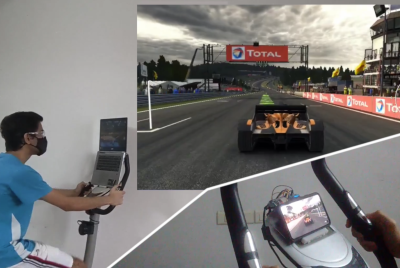

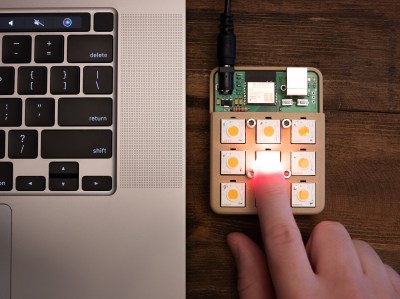
Strange Topographies
If you type for a living, a bespoke keyboard personalizes the routine. Dichotomy takes the two standards of the desktop, mouse and keyboard, and fuses them together so that you don’t have to move your hand off to the side all the darn time. Nice. [Peter Lyons]’ Squeezebox is the further evolution of his ultra-low-travel design. If you didn’t see our coverage of a previous iteration, you’ve never seen anything like this before. And finally, we just have to tip our fedora to [Matthew Sparks] and his conversion of a museum-piece Morse code key into an HID-compliant USB keyboard. Dit-dah-dit!
Better Mouse(trap)
Pointers. If there’s one complaint we have about GUIs, it’s pointers. Always pointing and clicking. If only there were a way to make this more fun… Try the Magic Stick, which uses a similar IR camera to the Wii remote as a rodent substitute. Or [Maciej Witkowiak]’s Lightpen to HID that brings an older lightpen to his RetroPie setup. Or maybe there’s nothing wrong with the classic mouse after all, and what you really need is a custom-shaped wooden one? You’ll need to make your own, of course, but follow along with the Dwergmuis.
Press the Any Key
Custom peripherals are all about fitting a particular niche, and sometimes that niche is something small and simple. Like a single-button keypad? Or a gimbal joystick with a few keys? Check out [Yannick]’s collection of simple peripherals. [Sven]’s Tiny Mute Button has just one job, if you don’t count glowing, while [Rich T]’s 12-key pad with Encoder does a lot, with style. [Wing-Sum Law]’s keyboard looks suspiciously like an NES controller, but there’s no mistaking [John Loeffler]’s Vo-LUM Control for anything but a literally concrete volume knob. Or maybe you need to type math all day? [Magne]’s custom keypad has all the squiggly symbols.
Cyborg
Wearables take personal inputs to the next level, and [Peter Walsh]’s Wearable Haptic Sensor is a lovely entry. It’s an output rather than an input, and lets you feel what the computer is saying. [Nait]’s Glovraille braille keyboard glove is still in the early stages, but it’s a cool idea that’s worth watching.
VR
Gaming is better with better peripherals, and we saw two stellar cockpit builds: KSP Gegi for Kerbal Space Program (of course) and Mechwarrior 4 Simulator Cockpit Panel for, well you know that already. What we didn’t expect were two (2!) custom Arkanoid controllers. One uses a slidepot to better physically match the game, and the other a more traditional knob, but both support the MSX computer architecture, which we suppose has the best Arkanoid version?
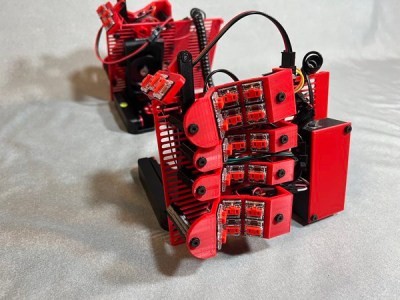
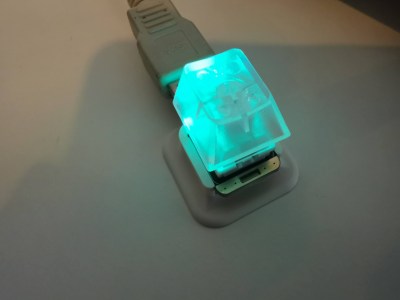
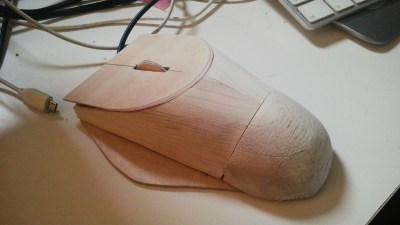
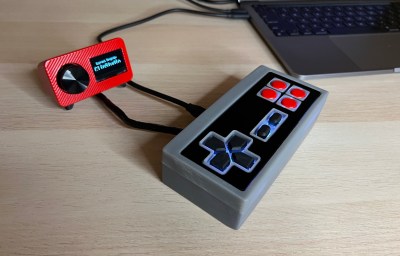

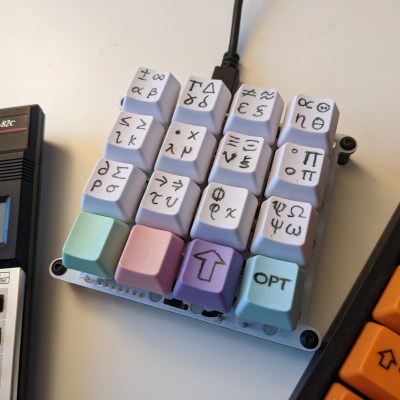
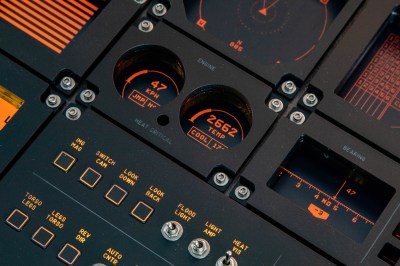
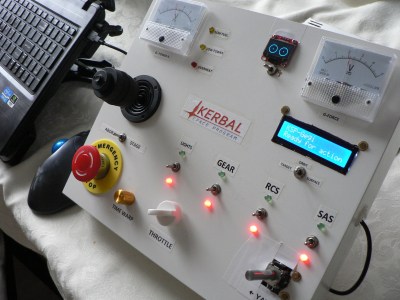
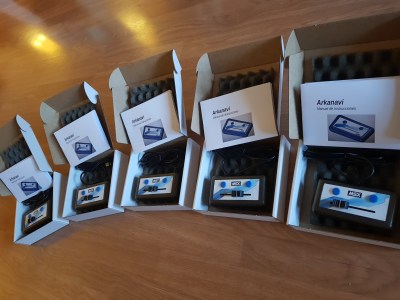
And these were just the choices that our judges could agree on. There are many more projects that tickled exactly one judge’s fancy, which is kinda what you expect with ultra-personal hacks like these. So check them all out, and let us know which additional projects you wish made the list!
And thanks again to Digi-Key for sponsoring the contest.
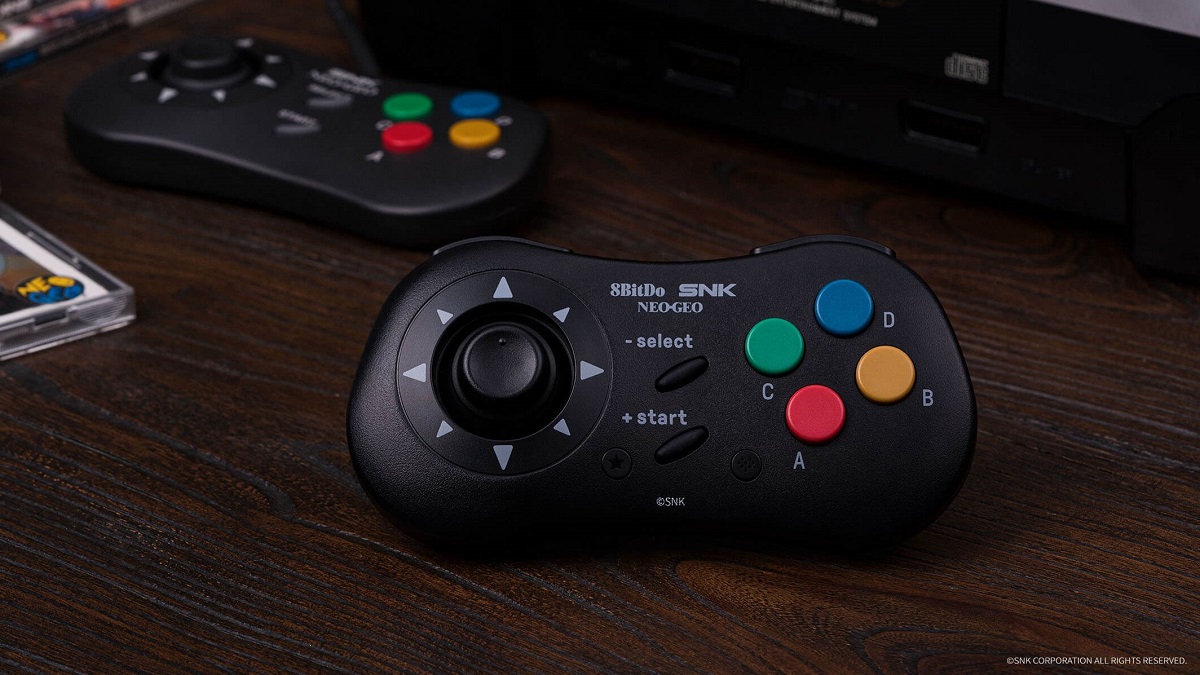
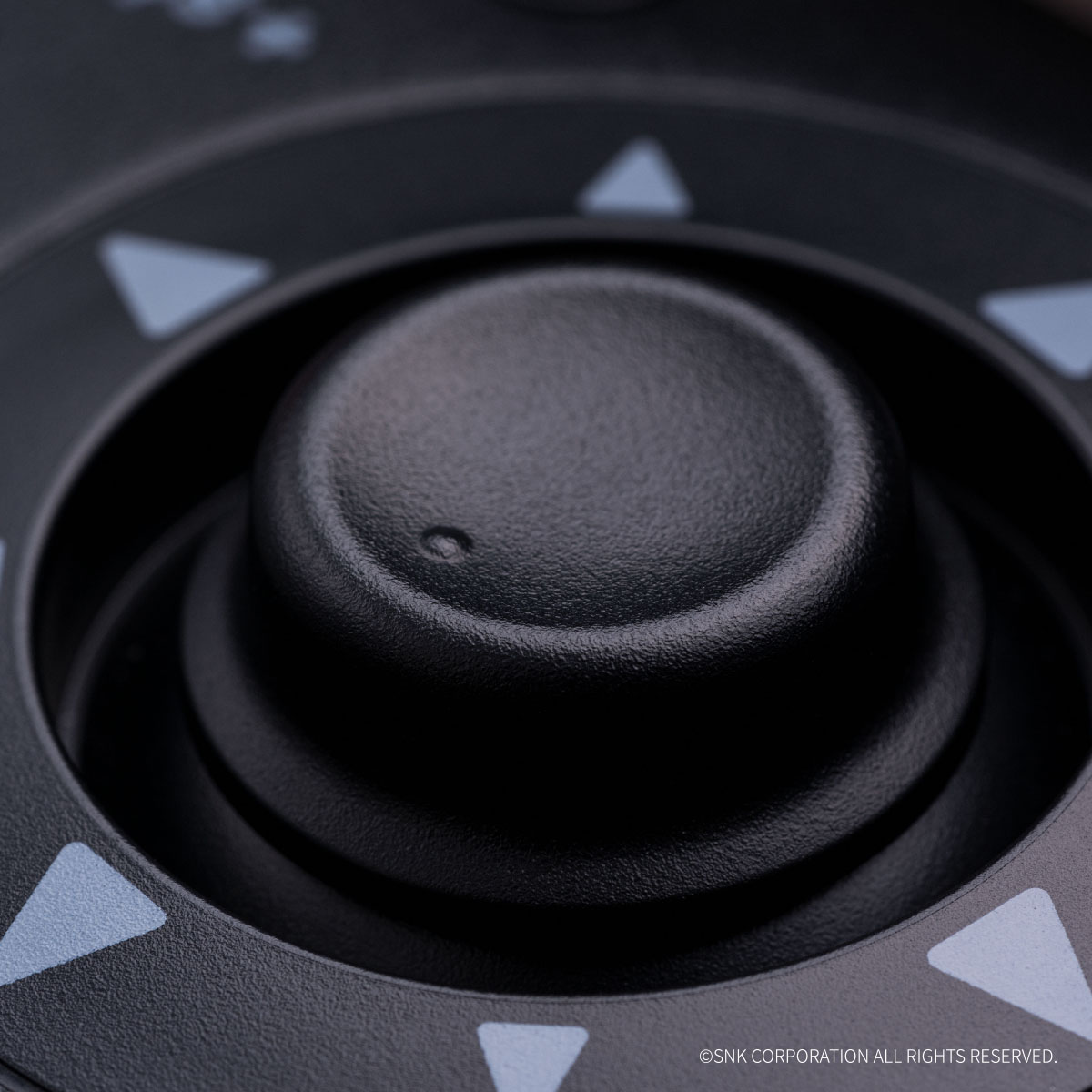 Image via 8BitDo[/caption]
Image via 8BitDo[/caption]